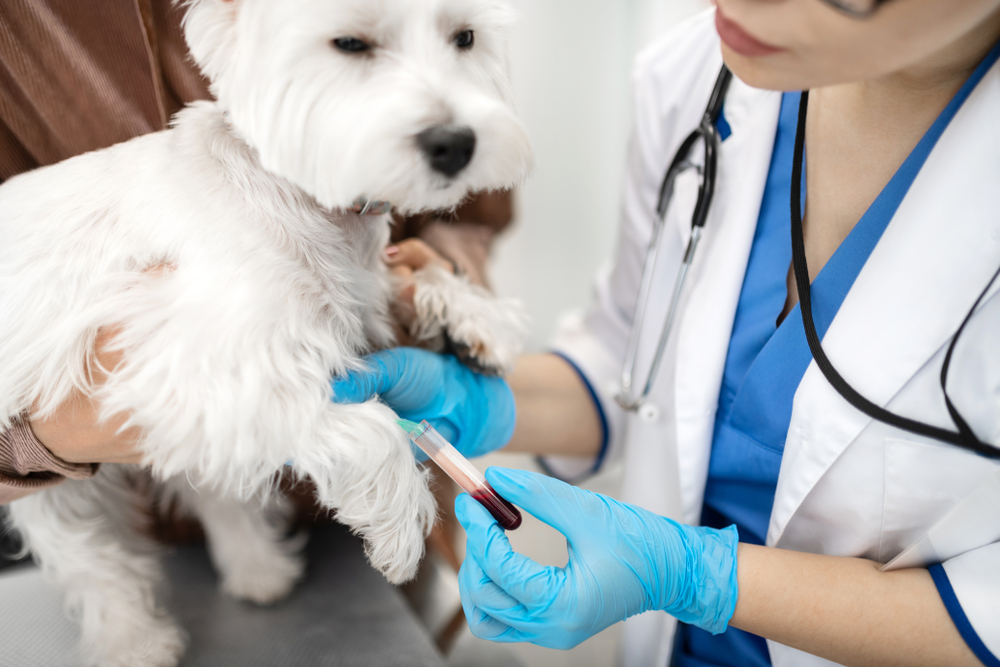Ticks are ubiquitous and their numbers are on the rise. According to the Companion Animal Parasite Council, tick-transmitted diseases in Ohio pets rose an alarming 23% between 2019 and 2020. Willow Wood Animal Hospital wants you to have the knowledge you need to keep your pets, and yourself, safe from ticks this summer. We provide you with key information about ticks, how to avoid them, and how to prevent them from transmitting disease. It’s time to bite back against these dangerous parasites.
What is a tick?
The tick is a small, blood-sucking arachnid that feeds on multiple hosts throughout its life cycle, simultaneously serving as an intermediate host or carrier for countless pathogens. In Ohio, 12 tick species have been identified, but the three species most commonly found on pets and people are the black legged tick (i.e., deer tick), the Lone Star tick, and the American dog tick. The bacterial, viral, parasitic, and rickettsial diseases that ticks can transmit to livestock, domestic pets, and humans make them a significant public health hazard.
Born to be bad—the tick life cycle
While most prevalent in warmer seasons, ticks can be found year-round in the various stages of their four-part life cycle:
- Egg — Female ticks can lay thousands of eggs at a time.
- Larva — Larval or seed ticks emerge as tiny six-legged hatchlings and climb grass and vegetation to wait for passing hosts. Ticks possess a specially developed organ for sensing heat and vibration, allowing them to detect an approaching meal opportunity. Once a larval tick feeds, they drop back into the grass and molt into the next stage.
- Nymph — This eight-legged tick stage lacks reproductive maturity and must repeat the process of finding a host blood-meal to become an adult.
- Adult — After a final molt, the nymphal ticks are mature adults capable of reproduction. Adults go searching for yet another meal at this stage, they mate, and the cycle begins again.
Understanding the tick life cycle is key to realizing the significance of a single tick bite. The tick on your pet may have previously fed on a deer, squirrel, or feral cat, and may have been infected with a pathogen from any of these hosts.
Tick-borne diseases and pets
The full list of tick-borne diseases worldwide is elaborate and daunting. Closer to home in Central Ohio, the increases in Lyme Disease and Rocky Mountain spotted fever seen over the past decade make them the current top risks for pets and humans. Other tick-borne risks include:
- Erlichiosis
- Anaplasmosis
- Babesiosis
The prevalence of these three tick-borne illnesses is also growing in Ohio. Illness signs can be vague or nonexistent in the early infection phases. The following are less common in our area, but important to know:
- Tularemia
- Tick paralysis, a severe reaction to tick saliva
- Anemia, a severe blood loss caused by a heavy tick infestation that can also result in death, especially in small and debilitated animals
Stop the cycle: Tick prevention in pets
Unfortunately, current medications cannot prevent every tick-borne disease. But, the more rapidly a product kills ticks, the less likely disease transmission. Start your pet on a prescription preventive for the best results. Preventives currently come in two preparations:
- Oral — These flavored chews or tablets are digested and absorbed into the bloodstream where they remain in general circulation. The ticks that carry Lyme disease require a 24-hour host-attachment period to transmit disease, so any product must kill the tick in that time frame to provide protection. All our recommended products have a rapid kill speed.
- Topical —These liquid preparations are applied along the midline of the neck or back where pets cannot accidentally lick them off. The active ingredients are distributed through the skin, forming a surface barrier.
While convenience is a factor, oral preventives require the tick to bite and feed to be killed. Topical medications contain a repellent quality that may discourage ticks from biting and attaching altogether. Ask a team member at Willow Wood Animal Hospital to help you choose the right product for your pet.
Always use preventives year-round. Some tick species are active throughout the year, including cooler temperatures, in one life stage or another. For best coverage, don’t miss a single dose.
An annual vaccine to prevent Lyme disease is available for dogs. Call us for more details, and to discuss whether this preventive option should be added to your dog’s annual care.
Extra steps you can take to protect your pet include:
- Avoid tall grasses, unmowed fields, and wooded areas if possible during the height of tick activity.
- Keep your yard free of brush and overgrowth where ticks can hide.
- Always check your pet for ticks after outside activity.
- Learn to safely remove a tick.
Silent killers—importance of annual testing for your pet

Because many tick-borne illnesses can remain subclinical in pets, we recommend annual testing. In addition to your pet’s annual heartworm test, we can also screen for Lyme disease, ehrlichiosis, and anaplasmosis. Faster detection equals a quicker road to recovery.
We must give ticks credit—they are incredible creatures. Their diminutive size and generic color patterns may look basic, but they hide a dark truth. Ready to assist you with further information and answer all your tick questions, Willow Wood Animal Hospital has your pet’s back—and ears, nose, feet, and tail—when it comes to tick control and prevention.
Contact us to discuss our preventive recommendations for your pet.







Leave A Comment